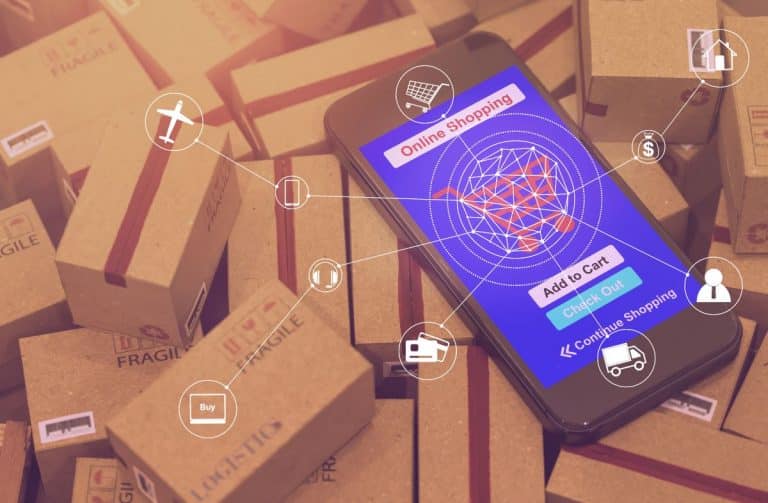In today’s digital age, customer experience plays a pivotal role in the success of any e-commerce business. Chat GPT, powered by advanced natural language processing, offers a transformative solution to engage customers and create meaningful interactions. By leveraging the capabilities of Chat GPT, businesses can unlock a myriad of benefits, including improved customer satisfaction, increased conversion rates, and enhanced brand loyalty.
Understanding Chat GPT
Chat GPT is an artificial intelligence-powered conversational agent that utilizes machine learning algorithms to generate human-like responses in real-time. It analyzes customer queries, understands their intent, and provides relevant and accurate information, effectively simulating a natural conversation. The underlying language model of Chat GPT is trained on vast amounts of textual data, enabling it to generate coherent and contextually appropriate responses.
How Chat GPT Enhances Customer Experience
1. Personalized Customer Interactions
With Chat GPT, e-commerce businesses can offer personalized customer interactions at scale. By capturing and analyzing customer data, such as past purchases, browsing behavior, and preferences, Chat GPT can tailor responses to meet individual customer needs. This level of personalization creates a more engaging and satisfying experience, fostering a sense of connection between the customer and the brand.
2. 24/7 Availability
One of the most significant advantages of Chat GPT is its ability to provide round-the-clock support. Unlike traditional customer service channels, which are often limited by business hours, Chat GPT is available at any time, allowing customers to seek assistance whenever they need it. This uninterrupted availability not only enhances customer satisfaction but also reduces response time, leading to increased customer loyalty and retention.
3. Efficient Query Resolution
Chat GPT is proficient in understanding and resolving customer queries with remarkable accuracy. Whether it’s addressing product-related inquiries, providing order updates, or assisting with troubleshooting, Chat GPT can deliver prompt and relevant responses. By streamlining query resolution, e-commerce businesses can significantly reduce customer frustration and enhance overall satisfaction.
Driving Sales with Chat GPT
1. Product Recommendations
Chat GPT can leverage its deep understanding of customer preferences to provide highly targeted product recommendations. By analyzing customer data and utilizing machine learning algorithms, Chat GPT can suggest relevant products based on individual preferences, purchase history, and browsing behavior. This personalized approach increases the likelihood of a successful cross-sell or upsell, ultimately driving sales and revenue for the e-commerce business.
2. Seamless Shopping Experience
By integrating Chat GPT into the e-commerce platform, businesses can offer a seamless shopping experience to their customers. Chat GPT can assist customers throughout the entire purchase journey, from product discovery to checkout. It can provide detailed product information, assist with size and fit queries, and even guide customers through the payment process. This level of support not only enhances the overall customer experience but also reduces cart abandonment rates, ultimately boosting conversion rates and sales.
3. Proactive Customer Engagement
Chat GPT empowers e-commerce businesses to proactively engage with customers and nurture leads. Through intelligent chatbots powered by Chat GPT, businesses can initiate conversations with website visitors, offering assistance, recommending products, or even providing exclusive offers. This proactive engagement helps capture customer interest, build trust, and drive them towards making a purchase.
Implementing Chat GPT in Your E-commerce Business
Now that we have explored the various ways Chat GPT can revolutionize the e-commerce landscape, let’s discuss how you can implement this powerful technology into your own business. By following these steps, you can harness the potential of Chat GPT and stay ahead of the competition.
1. Assess Your Customer Needs
Start by understanding your target audience and their specific needs. Analyze the common queries, pain points, and challenges faced by your customers. This knowledge will help you train Chat GPT to provide accurate and relevant responses.
2. Prepare Training Data
To ensure Chat GPT understands your customers’ inquiries, gather a substantial amount of training data. This data should include a wide range of customer queries, along with appropriate responses. It’s crucial to curate diverse and representative data to enhance the model’s understanding of various customer scenarios.
3. Train the Chat GPT Model
Next, train the Chat GPT model using the prepared training data. This process involves feeding the data into the model and allowing it to learn patterns and generate responses based on the provided inputs. Training a high-quality Chat GPT model may require significant computational resources, so ensure you have access to adequate infrastructure.
4. Fine-tune and Optimize
After the initial training, fine-tune the model to align it with your specific business objectives. Incorporate domain-specific knowledge and continue training with additional data if needed. This step helps refine the model’s responses and tailor them to your unique e-commerce requirements.
5. Integration with Your E-commerce Platform
Integrate Chat GPT seamlessly into your e-commerce platform. This can be achieved by leveraging APIs or using pre-built chatbot platforms that offer integration capabilities. Ensure the chatbot interface is user-friendly, visually appealing, and provides a seamless experience for your customers.
6. Continuous Monitoring and Improvement
Regularly monitor the performance of your Chat GPT implementation. Analyze customer interactions, review feedback, and identify areas for improvement. Keep refining the training data and fine-tuning the model to optimize its responses over time. This iterative process ensures that Chat GPT continues to enhance customer experience and drive sales effectively.
Maximizing the Potential of Chat GPT in E-commerce
To fully maximize the potential of Chat GPT in your e-commerce business, there are additional strategies and considerations to keep in mind. By implementing the following practices, you can further enhance the impact of Chat GPT and drive exceptional results.
1. Multi-Channel Integration
Expand the reach of Chat GPT by integrating it across multiple channels. Besides your website, consider implementing it on popular messaging platforms, such as Facebook Messenger, WhatsApp, or WeChat. This allows customers to engage with your chatbot on their preferred communication channel, increasing accessibility and convenience.
2. Natural Language Processing Enhancements
To improve the accuracy and understanding of customer queries, leverage advanced natural language processing techniques. Implement sentiment analysis to gauge customer emotions and sentiment during interactions. This can help you better tailor responses and address customer concerns effectively.
3. Knowledge Base Integration
Integrate Chat GPT with a robust knowledge base that contains comprehensive information about your products, policies, and frequently asked questions. By leveraging this knowledge base, Chat GPT can provide accurate and detailed responses, empowering customers with the information they need to make informed purchasing decisions.
4. Continuous Training and Retraining
Chat GPT’s effectiveness can be further enhanced by continuously training and retraining the model. Regularly update the training data with recent customer interactions and new product information. This ensures that the model stays up-to-date and capable of delivering relevant and accurate responses to evolving customer needs.
5. Analytics and Insights
Implement analytics tools to track and analyze the performance of Chat GPT. Monitor key metrics such as response accuracy, customer satisfaction ratings, and conversion rates. Leverage these insights to identify areas for improvement and make data-driven decisions to optimize the chatbot’s performance continuously.
6. A/B Testing and Experimentation
Conduct A/B testing and experimentation to fine-tune the chatbot’s responses and optimize its performance. Test different variations of responses and observe the impact on customer engagement, conversion rates, and overall satisfaction. This iterative approach allows you to identify the most effective strategies and continuously refine your chatbot’s capabilities.
7. Human Oversight and Escalation
While Chat GPT offers significant benefits, it’s important to have human oversight in place. Incorporate mechanisms for seamless escalation to human agents when necessary. This ensures that complex queries or specific customer concerns can be addressed by a knowledgeable human representative, maintaining a high level of customer support.
How Cluster can Help
Cluster offers a comprehensive suite of tools and insights that empower e-commerce sellers to achieve growth and success. The platform provides owners with the necessary resources to make informed decisions and drive their businesses forward. Book a demo now.




